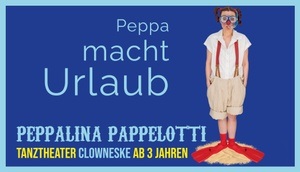In the organizer's words:
Storm and tempest, unbridled passion, incest and divine wrath - all this is already fermenting in the first bars of the orchestral prelude to WALKÜRE and foreshadows what is to follow. In WALKÜRE, the first day of the stage festival DER RING DES NIBELUNGEN, Wagner turns his attention to the generation of Wotan's descendants: On the brother and sister Siegmund and Sieglinde, who fatefully meet and fall in love after many years of separation. And to the Valkyries, Brünnhilde and her eight sisters, whose task it is to bring the heroes who have fallen in battle to Valhalla. When Wotan's wife Fricka learns of Siegmund and Sieglinde's incestuous relationship, she demands that Wotan put an end to it. So Wotan orders his favorite daughter Brünnhilde to overthrow Siegmund in a battle against his rival Hunding. Brünnhilde, however, protects Siegmund against Wotan's orders. As punishment, Wotan puts Brünnhilde into a deep sleep and lights a circle of fire around her, which only a fearless person can pass through ...
With WALKÜRE, Wagner's musical language reached a new level in his art. The protagonists are developed in a psychologically complex way in huge declamatory passages. At the same time, the music awakens empathy for the inner conflicts of the characters and gives expression to their feelings. Last but not least, DIE WALKÜRE is the part of the tetralogy with the most hits: the "Walkürenritt", Siegmund's "Winterstürme wichen dem Wonnemond" and "Wotan's Abschied und Feuerzauber" are also very popular beyond the opera stage. DIE WALKÜRE also premiered on June 26, 1870 at Munich's Nationaltheater to much acclaim. Director Paul-Georg Dittrich presents DIE WALKÜRE as an intense psychological chamber play that shows us Wotan's experiment on his children. Wagner's score is once again brought to life musically by conductor Marc Albrecht.
This content has been machine translated.













